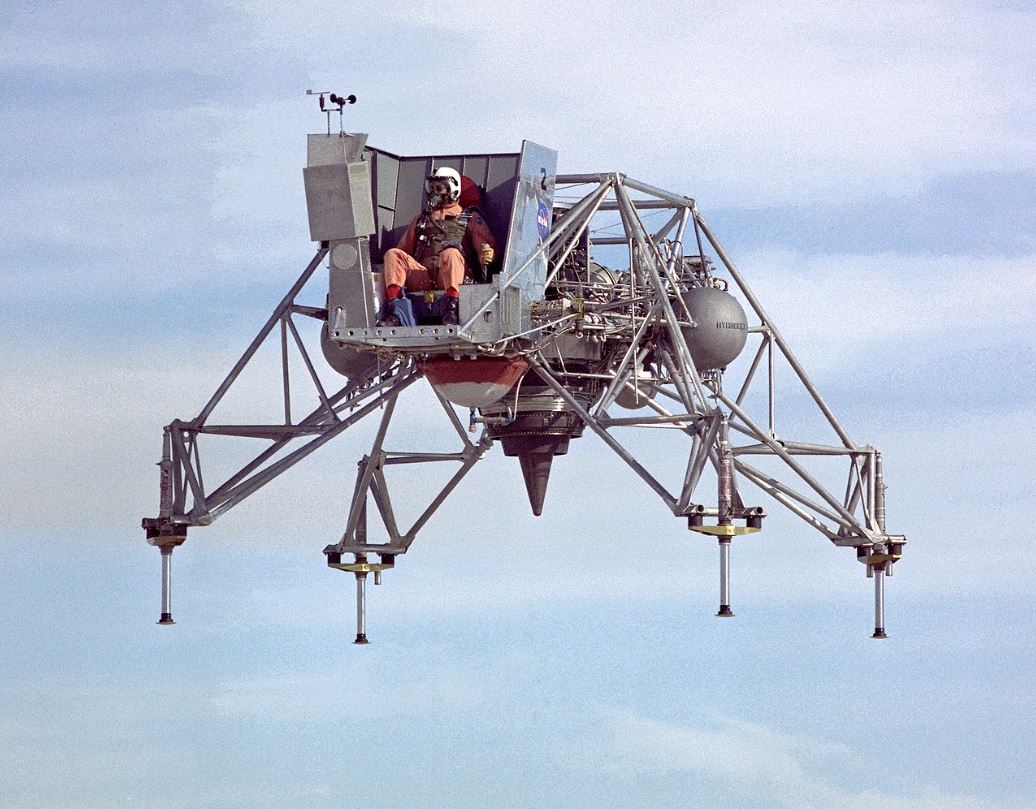On Monday, April 8th all eyes in WNY will turn skyward as the Moon blocks the Sun for a total solar eclipse, but WNY manufacturers have had their eyes on space, and specifically the moon, since the 1950s. Companies like Moog, CALSPAN, Taylor Devices, Carleton Technologies and SKF have made key contributions to America’s space program ranging from Agena rocket engines and ball bearings for the Mars Curiosity Rover to instruments for the Hubble Space Telescope and the Deep Impact probe which successfully crashed into comet Tempel 1. But WNY’s role in the Apollo Moon landings might be our most dramatic contributions.
In 1969, as Apollo 11 prepared for the first Moon landing, NASA was so worried about the potential for Neil Armstrong and Buzz Aldrin to be marooned on the Moon that President Nixon reportedly had a speech of condolence prepared, just in case. That proved unnecessary as the astronauts successfully fired the Ascent Engine of their Lunar Module “Eagle” to leave the Moon’s surface and return to Apollo 11’s Command Module, “Columbia.” That Lunar Module Ascent Engine (LMAE), the critical technology for the astronauts’ successful return, was manufactured by Bell Aerosystems, a WNY company, in Wheatfield, NY, on a site now operated by Moog. Based on an engine developed for the Agena rockets (1958-1987), the LMAE was small, only 47 inches high by 34 inches in diameter and weighing just 180 pounds, but it packed a punch—delivering 3,500 pounds of thrust. It was also very reliable. No LMAE ever failed and, indeed, Rocketdyne would later bring the LMAE out of retirement 36 years later for a NASA Exploration Systems study.
Another WNY contribution to the Moon landings was also essential, but not quite as reliable. Since the Lunar Module could not be flight tested in Earth’s atmosphere and gravity, Bell was hired to develop a Lunar Lander Research Vehicle (LLRV) and later a Lunar Lander Training Vehicle (LLTV), to simulate the Lunar Module. One of the two LLRVs and two of the three LLTVs built, were destroyed in crashes. Luckily, their ejection seats ensured that all of the astronauts involved survived, including Neil Armstrong, who was at the controls of LLTV #1 on May 6, 1968 when it crashed. Nevertheless, the LLTVs were very successful in preparing the astronauts to fly the Lunar Module. Astronaut Bill Anders called the LLTV “a much unsung hero of the Apollo Program” and Armstrong himself credited his LLTV training with helping him fly “Eagle” beyond its original boulder-strewn landing area to a safer spot on the Sea of Tranquility.
So, as you watch that big sunshade in space slowly block the Sun on April 8th, remember that some of the key technologies for humanity’s conquest of the Moon were Made in WNY. Have a Happy Eclipse!
Sources:
https://en.wikipedia.org/wiki/Ascent_propulsion_system
https://en.wikipedia.org/wiki/Lunar_Landing_Research_Vehicle
https://www.kaydonbearings.com/news_MarsRoverCuriosityFOX17.htm
https://www.wkbw.com/news/local-news/50-years-ago-wnys-contribution-to-apollo-11

